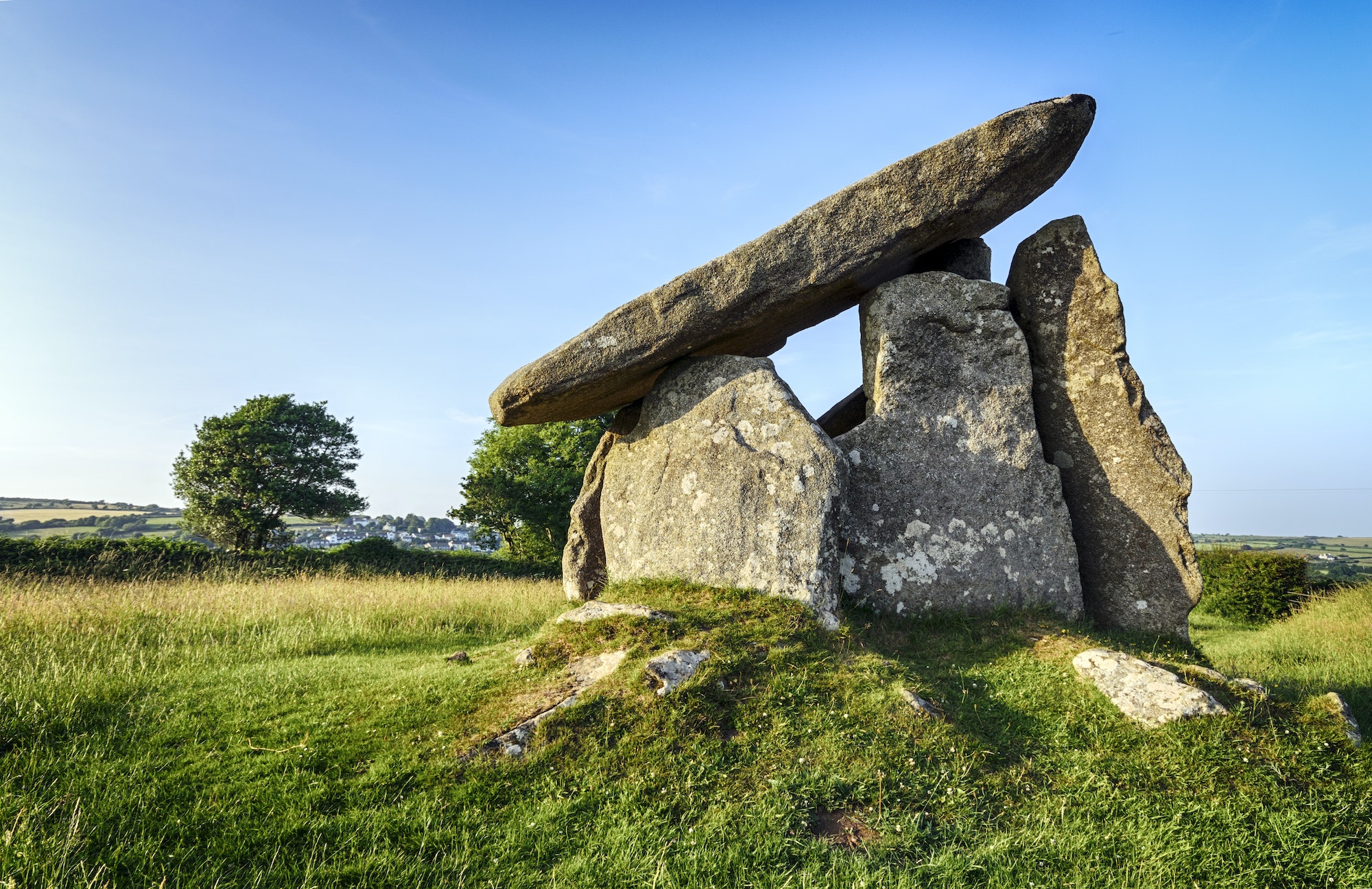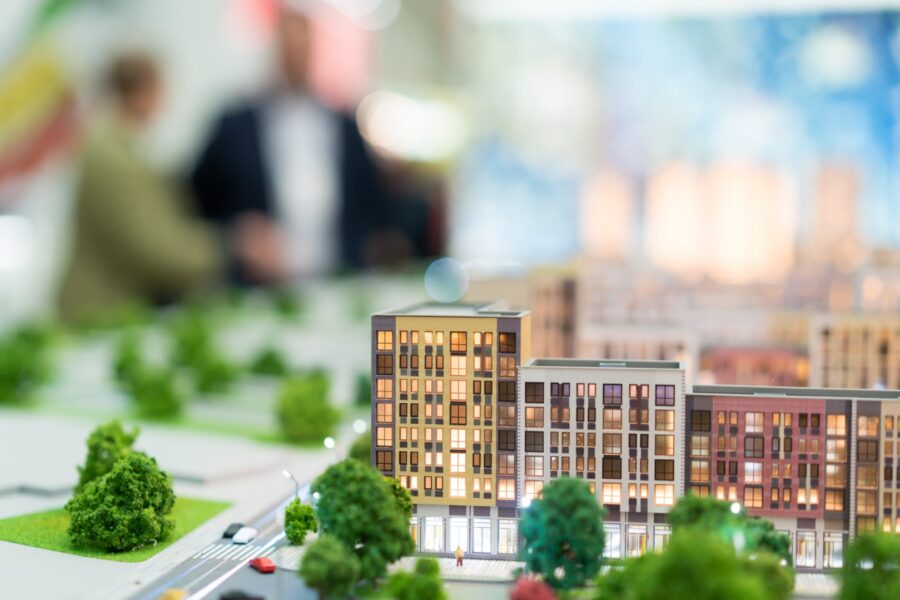For centuries, boulders have dotted natural landscapes, forming organic sculptures that draw the eye. More recently, landscapers and gardeners have intentionally incorporated these natural shapes into designed spaces to create stunning features. Whether complementing a garden bed or anchoring a waterfall, boulders can enhance aesthetics far beyond ordinary mulch or gravel. For central Ohio homeowners looking to add bold, earthy elements to their yards, sourcing quality boulders is easier than ever thanks to the range of materials available from local rock and stone suppliers.
With selections of sandstones, basalts, river rocks, and more, you’re sure to find the perfect natural chunks and slabs to make your landscape visions a reality. In this post, we’ll explore landscape boulders, their types, clever placement techniques, and inspired design concepts to emulate in your own yard. By the end, you’ll be eager to get outside and start transforming your property with artful arrangements of beautiful boulders.
Types of Boulders to Use in Landscaping
When selecting boulders, consider both your overall vision and the practical needs of a given area. River rocks, as the name implies, are rounded and smoothed by the currents of rivers and streams over time. Their twisting organic shapes and neutral earth tones create an authentic natural landscape look. Nestle them near ponds, waterfalls, or anywhere fluidity is desired. For a more rugged, rustic aesthetic, fieldstone boulders boast multi-angled surfaces with an irregular abstract quality. Their craggy faces contrast beautifully with blankets of green grass or colorful blooms. Ledge stone offers another option: these flatter, layered slabs can be stacked up as steps, walls, or decoration. Their stratified faces make a striking backdrop for pots and garden beds. Limestone and sandstone have an appealing weathered, aged quality with soft edges and almost blocky profiles that provide visual interest. Central Ohio homeowners can find quality limestone slabs for sale from local stone suppliers. As sedimentary rocks, they offer subtle natural tones. Finally, for truly bold impact, lava rock boulders make a “lava”-ly addition with their inky colors and pitted, porous exteriors. Originating from volcanoes, they create an exotic, almost otherworldly feel. Choose lava rocks to make your yard design really stand out.
How to Place Boulders in the Landscape
When incorporating boulders, proper placement is crucial for both visual appeal and physical stability. Partially burying the boulders helps anchor them. As a rule of thumb, bury them about one-third of their height underground. If unsure about the needed buried size, consult your local landscaping stone supplier for advice. Nestling boulders into slopes or tucking them against existing structures like walls or fences helps them look natural and grounded. You can also nestle them attractively at curves along pathways or patio edges. Aligning groups of similarly sized boulders in linear rows creates rustic retaining walls perfect for defining garden beds. For the most natural effect, use boulders of varying sizes and shapes together in artistically random groupings. Avoid uniformly sized or placed boulders, as that looks obviously intentional. Allow ample space between boulders for planting small shrubs, grasses, or ground cover, which soften and complement the rock features. For proper planting near boulders, amend the soil as needed and take drainage into account. With some creativity, you can find the perfect boulder composition and plant pairings to enhance your landscape for years to come.
Design Ideas for Incorporating Boulders
When planning your landscape design, consider integrating boulders as sculptural elements beyond just rock borders. Their hefty, natural forms make boulders ideal for surrounding fire features, whether a quaint fire pit or a built-in stone fireplace. Arrange them organically around the fire space to provide casual seating and define the area. Boulders are also perfect for crafting traditional zen rock gardens, thoughtfully raked around areas of fine gravel or sand representing water. Mix various shapes and sizes for an aesthetically moving scene. Construct a natural-looking rock waterfall by stacking ledge stone slabs and combining them with round river rock boulders that mimic tumbling water. Borders of boulders can elegantly frame other focal points too, like a statue accent or cozy garden bench. For pathways, use flattened boulders laid horizontally as landscape stepping stones leading through garden beds or patios for a seamless flow. On a hillside or slope, assemble collections of boulders both large and small into alpine rock gardens, leaving planting pockets between. Creatively integrating boulders transforms plain spaces into artful vignettes.
Conclusion
Incorporating boulders into your landscape allows for endless possibilities to add artistic, natural elements. Their sturdy forms work beautifully as focal points, pathways, or nestled into plantings. Whether using round river rocks, jagged ledge stones, or geometric blocks, different boulder types provide unique options. Surround fire pits, craft Zen gardens, or construct rock walls using these techniques. For inspiration, visit public gardens with successful boulder designs or a retailer like Stone Center Columbus that showcases ideas. With some creativity, you can find the perfect boulder composition to enhance your space. Used thoughtfully, boulders provide a grounded, organic feel that anchors the overall landscape, blending nature with design.
Discover more from Futurist Architecture
Subscribe to get the latest posts sent to your email.




